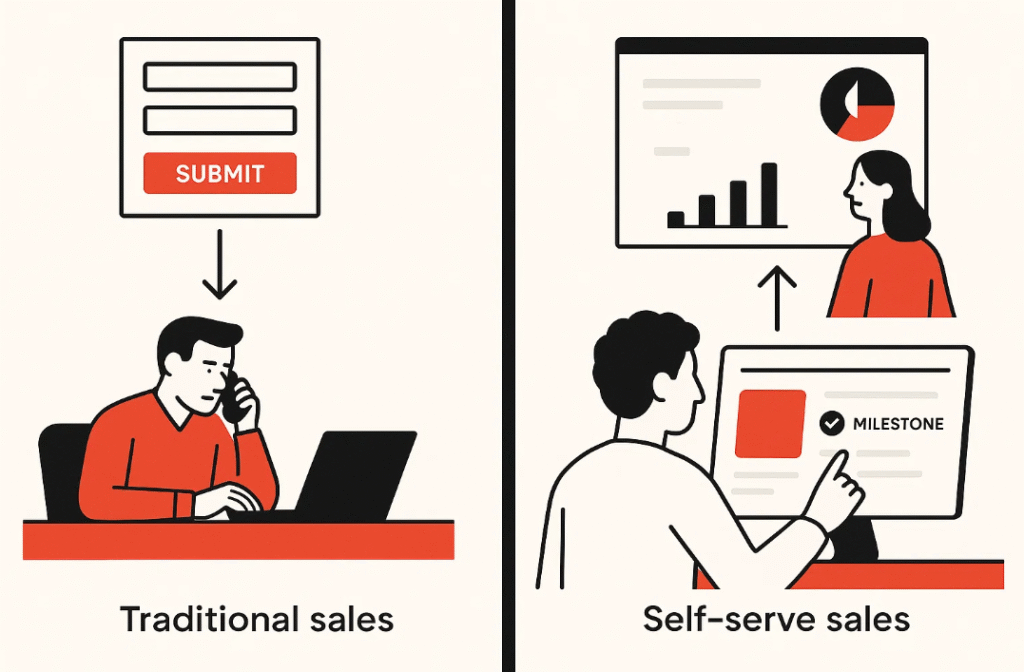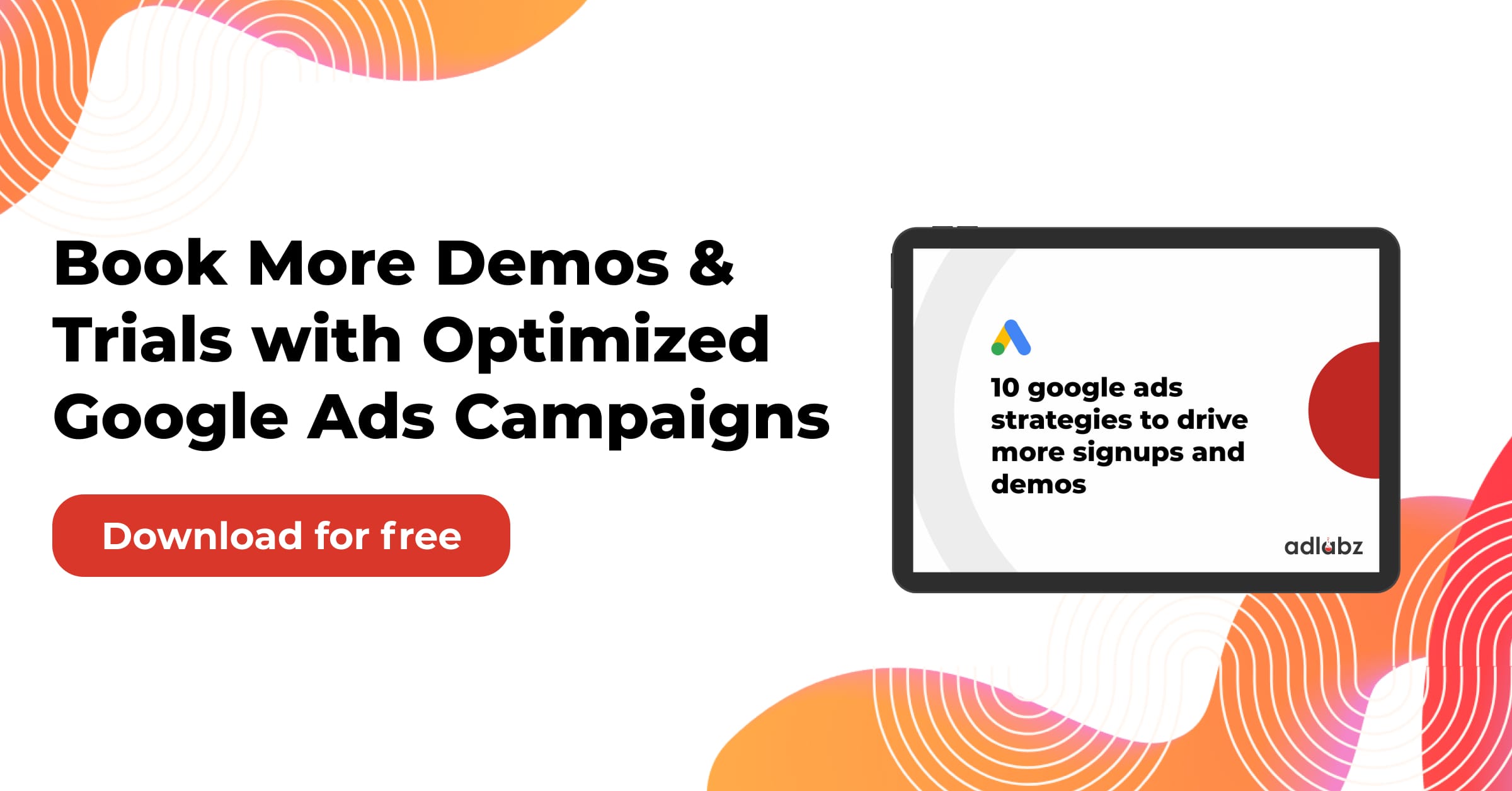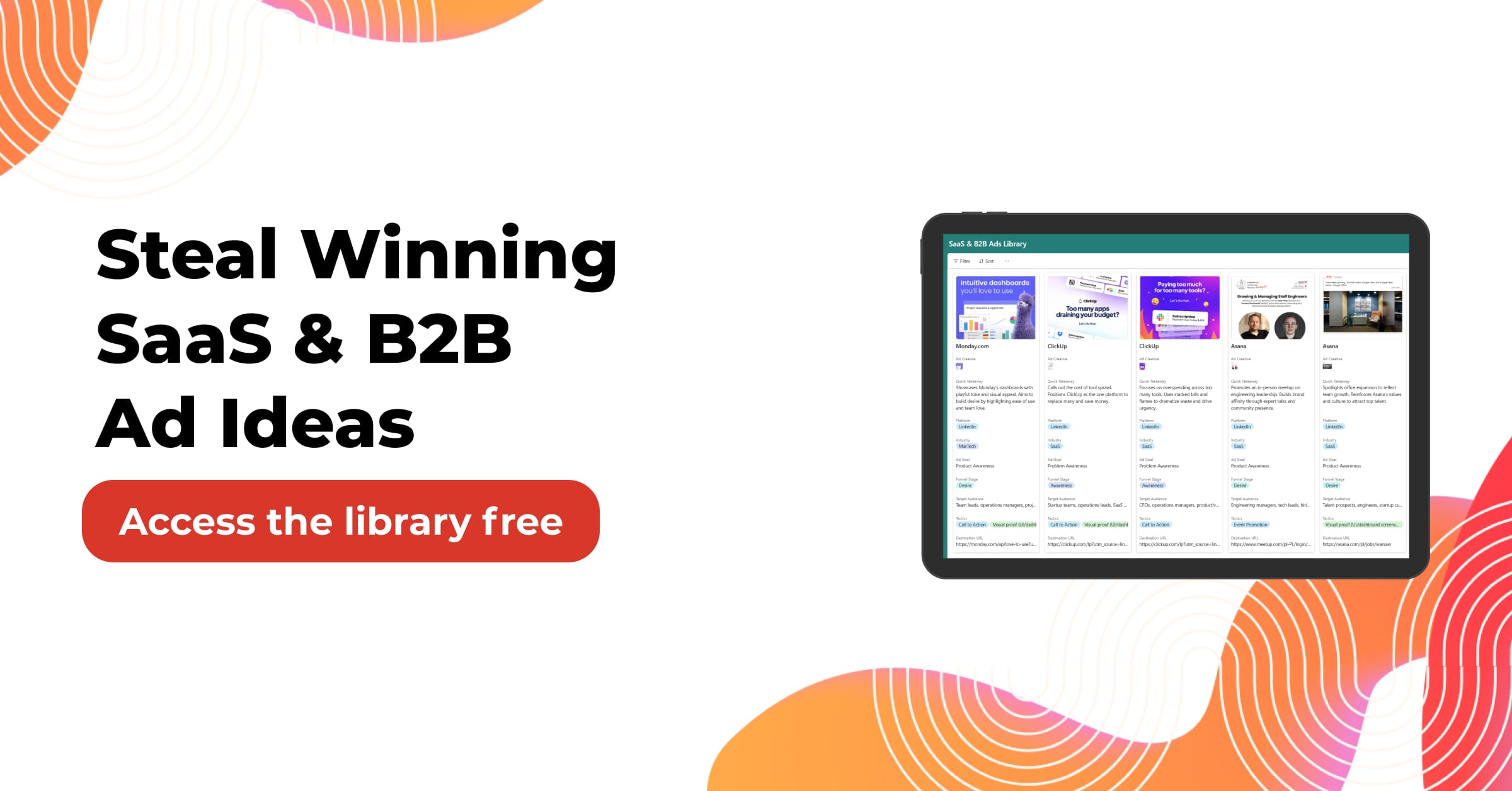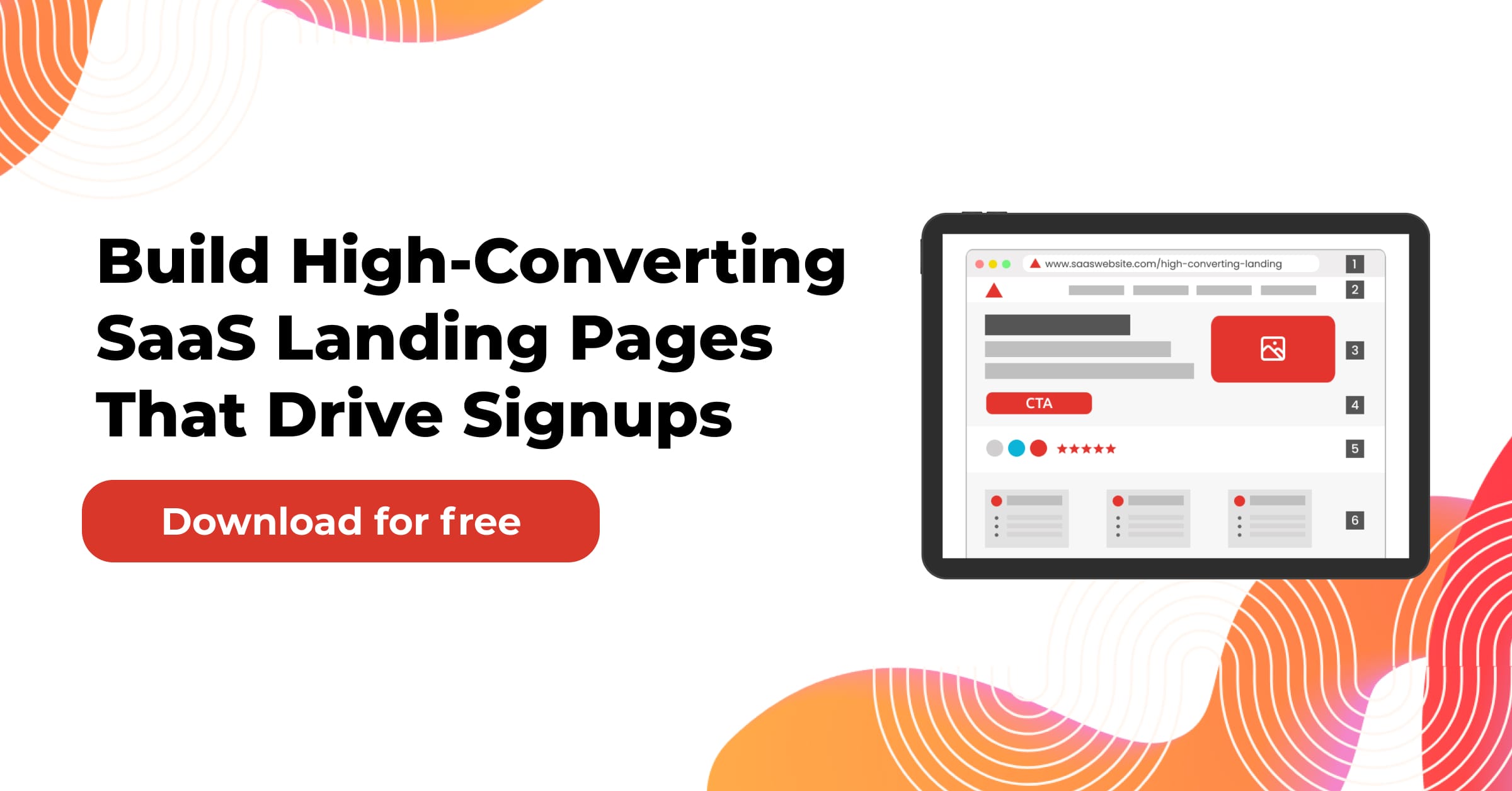The New Role of Product-Led Sales in SaaS Go-To-Market
In today’s SaaS-driven world, one approach is quietly but powerfully reshaping how companies grow: Product-Led Sales. As customer expectations evolve and the product experience becomes central to the buyer journey, the traditional sales model is being reimagined. This evolution is not just a tactical shift. It’s a strategic redefinition of how modern SaaS companies go to market.
Jump to:
What Is Product-Led Sales?
Product-Led Sales (PLS) is a sales strategy where the product itself plays the starring role in both acquisition and conversion. Rather than leading with a pitch or a sales call, companies let users explore and experience the product firsthand, often through a free trial or freemium model. Sales teams step in only when usage data signals real buying intent.
This strategy blends product-led growth (PLG) with traditional sales. It doesn’t eliminate the sales team; it empowers them with richer context and better timing. In short, PLS aligns the timing of sales outreach with the user’s engagement, creating a more relevant and effective interaction.
How Does Product-Led Sales Differ From Traditional SaaS Sales?
In a conventional sales model, prospects fill out a form, get contacted by a sales rep, and maybe see a demo. The experience is mediated, often delayed, and built around conversations rather than product use. In contrast, Product-Led Sales flips the model: users try the product first. The value is experienced, not just promised.
Sales teams in this model engage with Product-Qualified Leads (PQLs) — users who have hit certain engagement or usage milestones. Outreach becomes more relevant, less intrusive, and far more effective. Instead of selling based on assumptions, reps engage based on real-world behaviors.

Why Are SaaS Companies Embracing Product-Led Sales?
There are three main drivers behind this shift. First, SaaS buyers have changed. They prefer to explore software on their terms. They trust their own hands-on experience more than sales materials. Second, product-led growth strategies often hit a ceiling. They need sales teams to help users upgrade, expand, or navigate procurement. Third, this model increases sales efficiency. Reps spend their time on users who have already shown strong intent.
Additionally, customers today expect immediacy. They want to sign up and get started without waiting for approvals or sales meetings. Product-Led Sales provides instant access while keeping sales involved at the right moment. The result is better alignment between buyer behavior and seller activity, leading to a more satisfying customer experience and a more scalable sales process.
What Does a Product-Led Sales Flow Look Like?
It typically begins with a user signing up for a trial or freemium plan. As they interact with the product, data is collected about their behavior. When the system detects key actions—like repeated usage, team invites, or interaction with premium features—they’re flagged as PQLs.
At this point, the sales team reaches out. But instead of a cold call, the message is tailored. It might reference a feature the user engaged with, or suggest how to get more out of the product. This creates a natural and frictionless handoff from product usage to sales engagement.
Sales teams focus on users who are already invested in the product. They don’t convince strangers to buy; they help engaged users unlock more value, which results in better conversations and faster decisions.
Who Is Responsible for Product-Led Sales?
The success of PLS relies on cross-functional collaboration. Sales owns the outreach and relationship. The product owns the experience and instrumentation. Marketing helps bring users in. Customer success supports ongoing adoption.
Many companies form “Revenue” or “Growth” teams that bring these functions together. Shared goals, metrics, and tooling are key. Everyone needs access to the same data, and incentives must align to encourage collaboration.
When these teams are siloed, opportunities get lost. When they collaborate, PLS becomes a powerful lever for sustainable growth.
How Do Companies Identify Product-Qualified Leads?
There’s no universal formula, but most companies define PQLs using behavioral and contextual signals. For example, a user might become a PQL after creating five projects, inviting three teammates, or integrating with a third-party tool.
Other signals might include feature usage, number of logins, API calls made, or reaching certain thresholds of activity. These signals can be tracked using analytics tools like Mixpanel or Amplitude, and then routed to CRMs like HubSpot or Salesforce.
Some companies use machine learning models to score leads based on these behaviors. The more data-driven the scoring, the more accurate and timely the sales engagement becomes.
What Is the Role of Sales in a Product-Led Model?
Sales isn’t eliminated. It’s elevated. In a product-led model, reps become advisors rather than persuaders. They help users solve specific challenges, unlock features, or make the case for broader adoption within their organization.
This requires different skills. Reps need to understand the product deeply. They need access to usage insights. And they need to time their outreach carefully, showing up when the buyer is ready.
Instead of traditional sales scripts, PLS teams use contextual insights. “I saw you added 10 new users last week. Would it help to explore admin features and usage reporting?” This style of outreach builds trust and drives conversions.
What Tools Enable Product-Led Sales?
Executing this strategy requires a connected stack. Product analytics tools track usage. CRMs store account-level insights. PQL platforms surface qualified leads. Sales engagement tools personalize outreach. Onboarding software supports user activation.
Popular tools include:
- Analytics: Amplitude, Mixpanel, Heap
- Data pipelines: Segment, RudderStack
- CRMs: HubSpot, Salesforce
- PQL routing: Correlated, Endgame
- Sales automation: Outreach, Apollo, Salesloft
Integrating these systems ensures that product data flows into sales workflows. This alignment is critical for scale and efficiency.
How Can a SaaS Company Transition to Product-Led Sales?
Start with access. Offer a free trial or freemium version so users can experience the product. Then instrument your product to track engagement. Work with your sales and product teams to define what a PQL looks like.
Next, train your sales team. They’ll need new messaging, playbooks, and tools. Equip them to talk about usage patterns and help users get more value.
Create shared dashboards and review them regularly. Discuss what’s working and iterate on your lead scoring. Over time, refine the thresholds and actions that define a high-intent user.
Finally, celebrate early wins. Show your sales team how usage data helped close deals faster. Build confidence in the process.
What Are the Benefits of Product-Led Sales?
When done right, Product-Led Sales delivers several powerful benefits. First, sales cycles shrink. Users are already familiar with the product, so there’s less explaining and more closing. Second, conversion rates improve. Reps are talking to the right users at the right time. Third, CAC goes down. The product does much of the heavy lifting.
Retention also tends to be higher. Users who onboard themselves are often more engaged. And since sales support expansion rather than forcing it, upsells feel natural. PLS also supports land-and-expand strategies, which are especially useful in the enterprise market.
What Are the Challenges of Product-Led Sales?
This strategy isn’t without challenges. Data can be messy or incomplete. Sales teams may resist the shift. Defining PQLs takes time and iteration. And not all products lend themselves to self-serve trials.
Also, too much automation can make interactions feel robotic. The human side of sales must remain personalized and empathetic. Technology supports the process, but relationships still matter.
Overcoming these obstacles requires investment in infrastructure, training, and change management. But the payoff is a more modern, customer-aligned sales model.
Case Study: How Calendly Scaled with Product-Led Sales
Calendly started as a simple scheduling tool with a freemium model. Growth came organically as users invited others to book meetings. But when the company wanted to expand into enterprise, it faced a challenge: how to turn individual users into team-wide and company-wide accounts.
The answer was Product-Led Sales. Calendly began tracking in-product behaviors like usage frequency, number of integrations, and admin activity. When signals hit a certain threshold, the sales team reached out.
Instead of a generic sales pitch, reps pointed to specific behaviors. For example, “We noticed your team is using Calendly across five departments. Want to explore a centralized plan with admin controls and advanced features?”

This approach allowed Calendly to scale without abandoning its product-led roots. The product generated demand. Sales captured and expanded it. As a result, the company saw faster sales cycles, larger deal sizes, and higher retention. Sales conversations were shorter and more valuable because the users had already found success with the product.
Calendly now uses a hybrid model. The product drives self-serve growth, while the sales team targets expansion. It’s a textbook case of how Product-Led Sales can support a high-growth SaaS company.
Is Product-Led Sales the Future of SaaS?
The short answer is yes, for many companies. As buying behavior changes, so must selling behavior. Product-Led Sales aligns with how people want to discover and adopt software.
But it’s not one-size-fits-all. Some products are too complex for self-serve. Some buyers require more hand-holding. For these cases, a hybrid model works best: let the product lead, but support with strategic sales at key points.
What matters most is aligning the sales process with the customer journey. And in today’s SaaS market, that journey often starts with the product.
Final Thoughts
Product-Led Sales is not just a sales tactic. It’s a company-wide mindset. It requires tight collaboration between product, marketing, and sales. It demands strong instrumentation and a deep understanding of the user journey. But the reward is a more efficient, scalable, and customer-centric path to growth.
If you’re building or scaling a SaaS business, consider this: what if your product could sell itself? And what if your sales team could help it do just that?
The SaaS companies that thrive in the next decade will be the ones that treat their product as the center of their go-to-market motion. With the right tools, training, and mindset, Product-Led Sales is the future-ready path to scalable growth.
You might also be interested:





